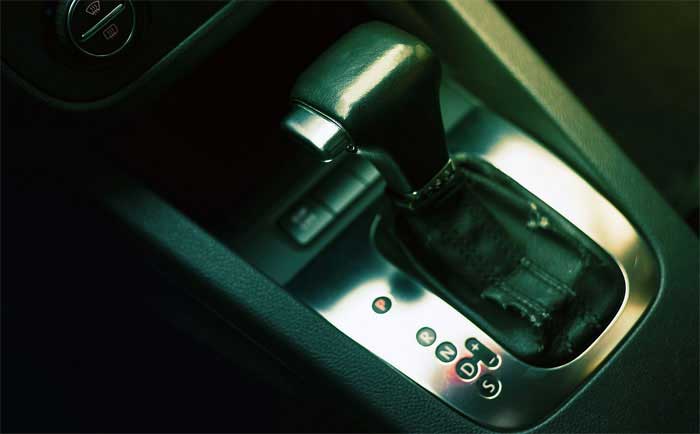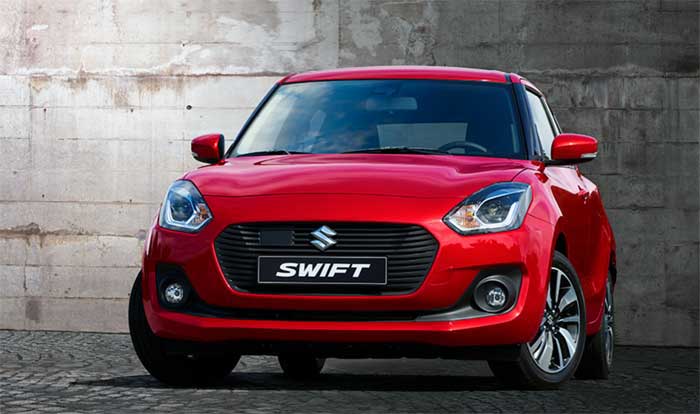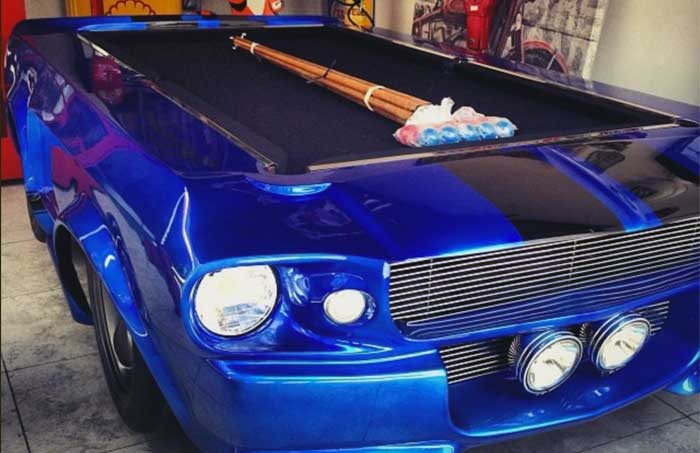As technology evolves, the humble automobile is become ever more developed to think for itself and the popularity of automatic cars are on the rise. In certain new world countries such as Australia and New Zealand, they have become standard where in other countries such as Great Britain, the majority of cars still tend to be of manual transmission.
There are a number of benefits to trading in your conventional manual transmission auto for an automatic. Perhaps the greatest advantage is for those times when you are sat in city rush hour traffic, stopping and starting at intolerable speeds through packed streets. When driving an automatic, you do not have constantly control the clutch and the gear stick to safely manoeuvre, which is tedious to say the least in a traffic jam, as all of the control is within the gas pedal, allowing you to relax a little and to move with ease, and to forget about the stress and frustration of always changing up and down to adapt to the situation.
Not only are automatic cars easier to drive in traffic, they are easier to drive in general. There are less controls to worry about as the car does most of the thinking for you. Controlling a clutch pedal is often the hardest thing for younger drivers, and to eliminate this factor makes driving less stressful, not to mention the ease of a hill start that has been the failing factor of many driving tests and, of course, without the need to synchronise a clutch pedal and a gear shift, it is extremely difficult to stall an automatic car, even if you are trying. Some countries even offer automatic driving licences, although this does restrict the user strictly to using automatic cars.
Also, with less driving technique to focus on, it is much easier to concentrate on your surroundings and the road before you. This is particularly effective for longer journeys that tend to become tiring and tedious, providing you don't find yourself bored from having so little to do to control your car. The simplicity and ease of mind of driving an automatic is hard to match in a manual transmission car.
Automatic cars tend to be easier to sell on the modern market as the appeal and demand for them is so much higher than that of a manual transmission car. This means they tend to hold more value over time.
Traditionally, manual cars have had better fuel economy as they tend to weigh less and, if driven by somebody with an economic conscious, where the driver has more control they are able to diminish the consumption by selecting higher gears where appropriate, however technology in automatic cars is quickly catching up to match this and these days there isn't too much difference between the two types of transmission. Some automatic cars even offer a fully manual or partially manual mode which can be selected when the driver wants more control of the vehicle, effectively creating the best of both worlds for the owner.




